ANNO has long dominated the city-building genre, capturing the hearts of players who delight in perfecting intricate details. The latest addition, ANNO 117 PAX Romana, promises to elevate the franchise following its critically acclaimed predecessor, ANNO 1800. While ANNO 1800 was nearly flawless, many players—including myself—felt it lacked in combat and diplomacy. Fortunately, Ubisoft seems to have listened to player feedback with this new title.
Thanks to Ubisoft, I had the chance to preview PAX Romana, and I’m excited to share my first impressions and insights.
1. Core Mechanics with Enhanced Gameplay
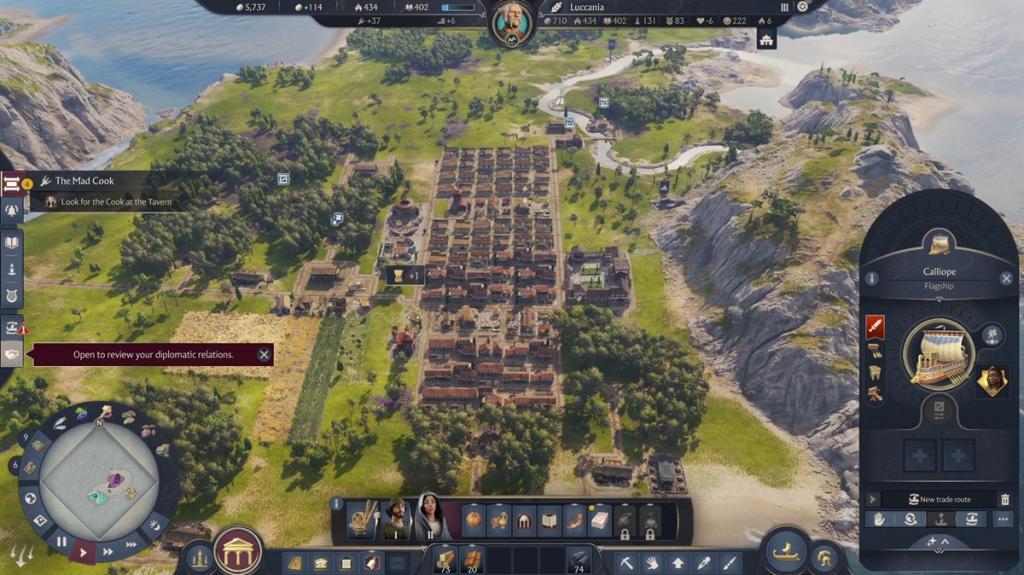
Diving into ANNO 117 PAX Romana, you’re greeted with familiar mechanics: establishing your first woodcutter, setting up a sawmill, and linking everything to a trade post. It’s a comforting loop that veterans will instantly recognize, yet the game introduces numerous improvements.
For the first time, I found managing citizens’ needs in an ANNO game surprisingly manageable.
The new overhead menu condenses citizen needs into a straightforward chart, simplifying management considerably compared to the complex layouts found in ANNO 1800.
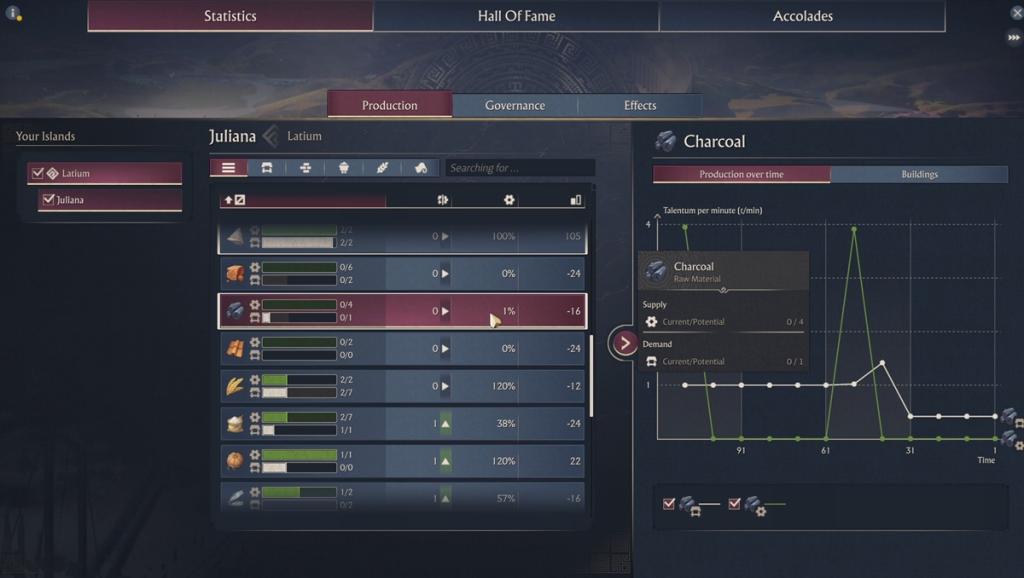
The new research menu allows you to strategize city development. By accumulating Knowledge Points from certain buildings or specialists, you can unlock various upgrades and features. This includes everything from improving security with Watch Towers to boosting workshop space, or enhancing troop capabilities. Not every upgrade is available from the start, adding a layer of strategy to your gameplay.
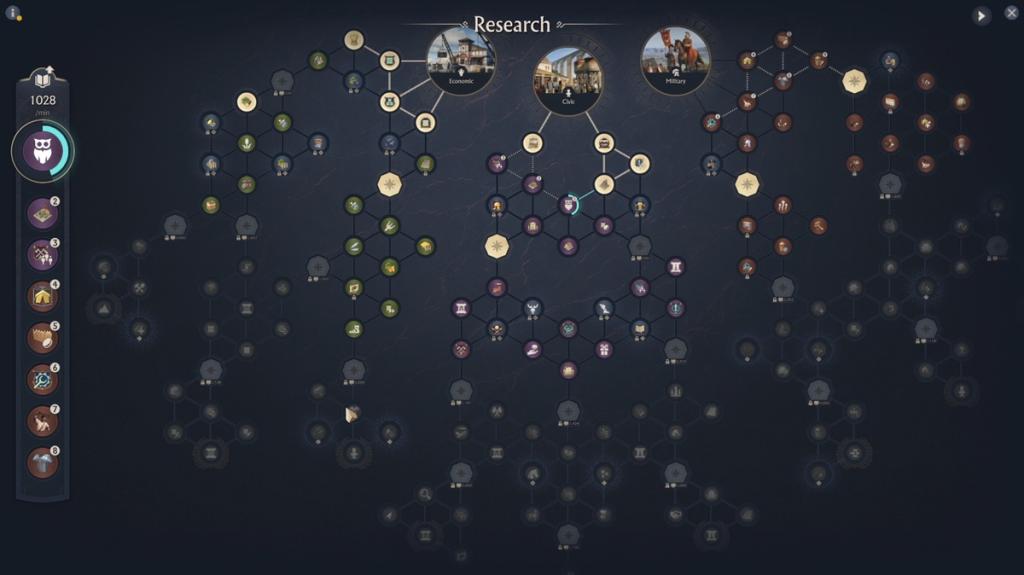
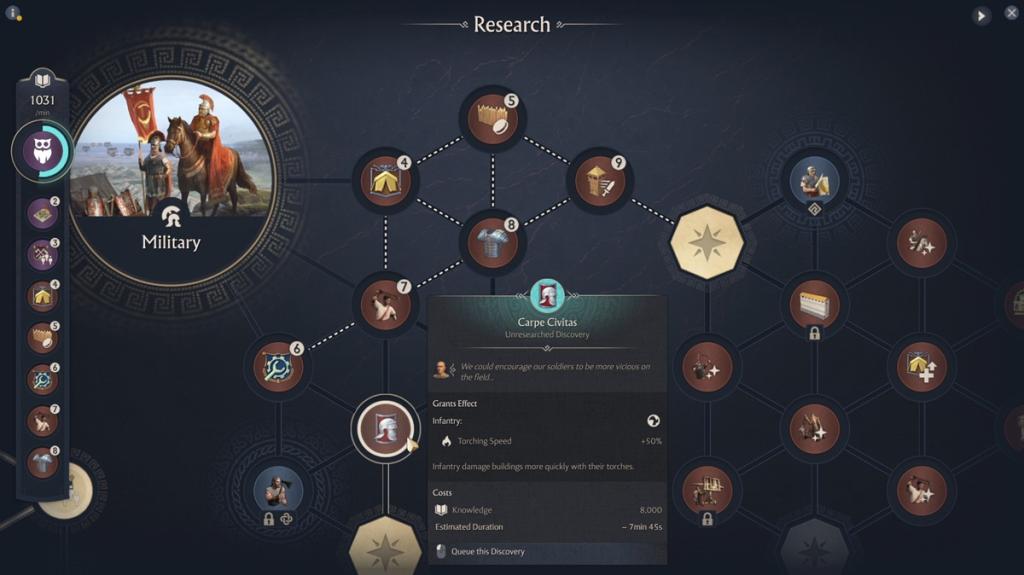
2. Explore Two Distinct Worlds: Albion and Latium
The sandbox mode in PAX Romana lets you choose between two unique areas: Albion and Latium. While both worlds are featured in the campaign, their sandbox gameplay is where you can truly immerse yourself.
Albion, known as the home of the Celts, offers a rugged environment complete with swamps and challenging governance. In contrast, Latium, the cradle of Roman civilization, features expansive meadows and a more trade-friendly atmosphere.


Gameplay dynamics differ slightly, with managing resources being somewhat tougher in Albion. Players can choose Celtic or Roman development paths in this world, a unique feature absent in Latium. Some structures can only be placed in specific environments, leaning heavily into the thematic elements of each area.
3. Real-time Strategy Elements Enhance City-Building
Traditionally, ANNO games have focused less on real-time strategy, but PAX Romana changes that. This title reintroduces naval combat alongside ground troops, broadening your tactical options.
You can establish military barracks and train units, from archers to swordsmen, all manageable in real-time for both defense and attack. A dedicated military research tree introduces new enhancements and stronger troops, mimicking a traditional RTS feel. Unlike other titles, however, creating soldiers depends on having available citizens, adding a strategic staffing challenge to your military endeavors.
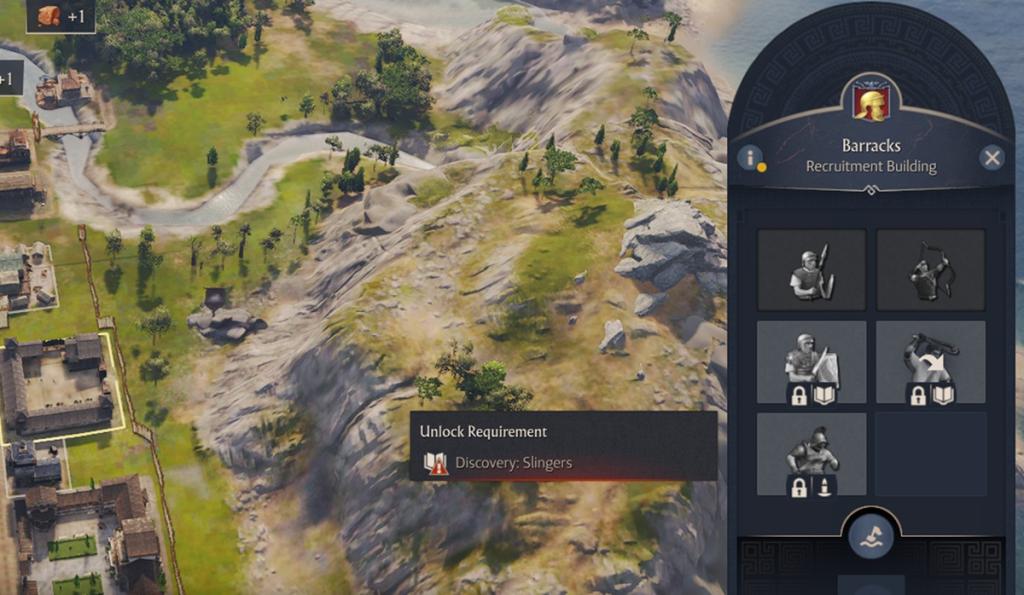

4. Engage in Diplomacy Like Never Before
ANNO 117 takes diplomatic interactions to new heights. Beyond the traditional trade routes and gift-giving, this installment features specific interactions with opposing governors. Each conversation presents various dialogue options, and your choices significantly impact your reputation and their future actions.
Engaging with governors adds depth to the gameplay. You can declare wars, sign peace treaties, and navigate a rich tapestry of relationships. Every decision matters, urging you to choose wisely in this political landscape.

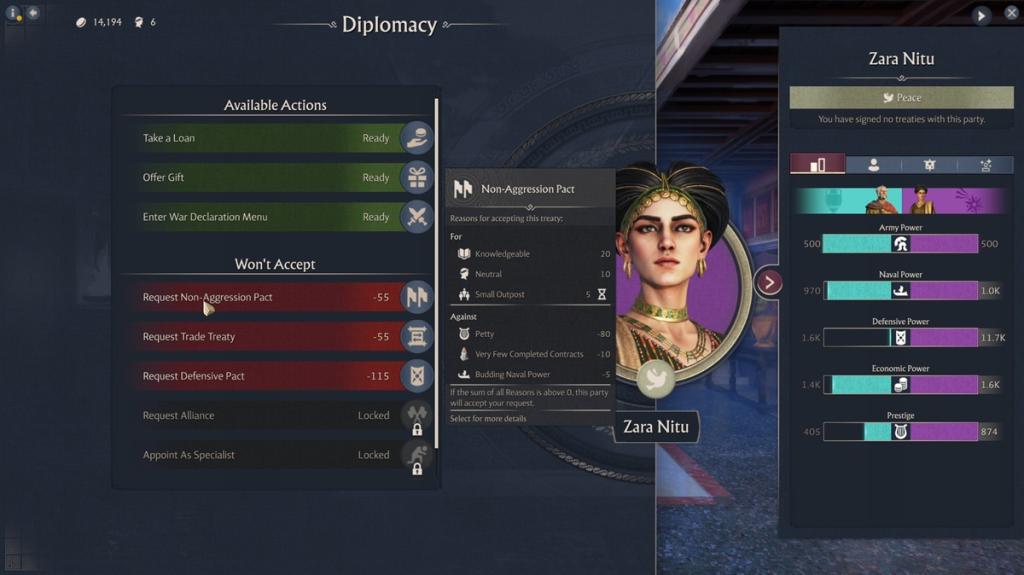
5. Challenges and Critiques
While I thoroughly enjoyed my time in ANNO 117 PAX Romana, it isn’t without its faults. For instance, the absence of a first-person view option was disappointing, especially given how enriching it was in ANNO 1800. Many players have grown fond of immersive gameplay, and I hope Ubisoft considers reinstating this feature.
Additionally, I couldn’t locate a city blueprint feature, reminiscent of what was offered in previous games. If this is not a planned addition, it may disappoint long-time fans.
The campaign also lacks the appeal of its predecessors. Although narratives in these games usually take a back seat, the storyline in PAX Romana felt awkward and less engaging.
6. Is ANNO 117 PAX Romana Worth Playing?
ANNO 117 PAX Romana manages to refine many aspects seen in earlier titles while staying true to its classic gameplay mechanics. Long-time players will find it comfortable and engaging, while newcomers have a fantastic entry point into the series. After spending hours crafting cities in both Latium and Albion, I can certainly say the new RTS features enhance the traditional city-building experience.
There’s still plenty to discover in PAX Romana, and I look forward to sharing a more detailed review soon. If you’re a fan of ANNO games, PAX Romana is an essential title to try. And if you’re new to the franchise, now is the perfect time to jump in.
What are your thoughts on ANNO 117 PAX Romana? Share your opinions in the comments below and continue exploring related content at Moyens I/O.
